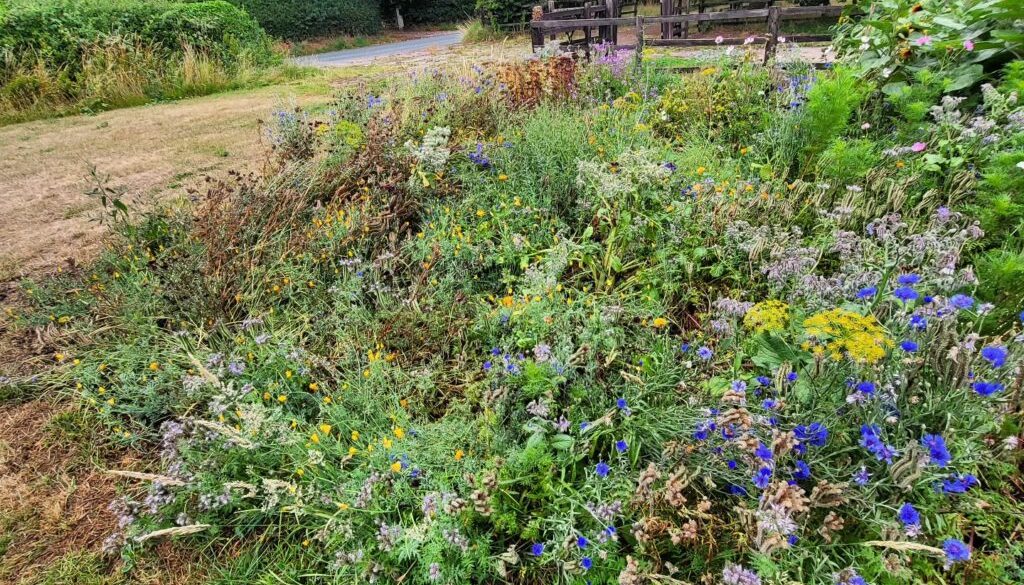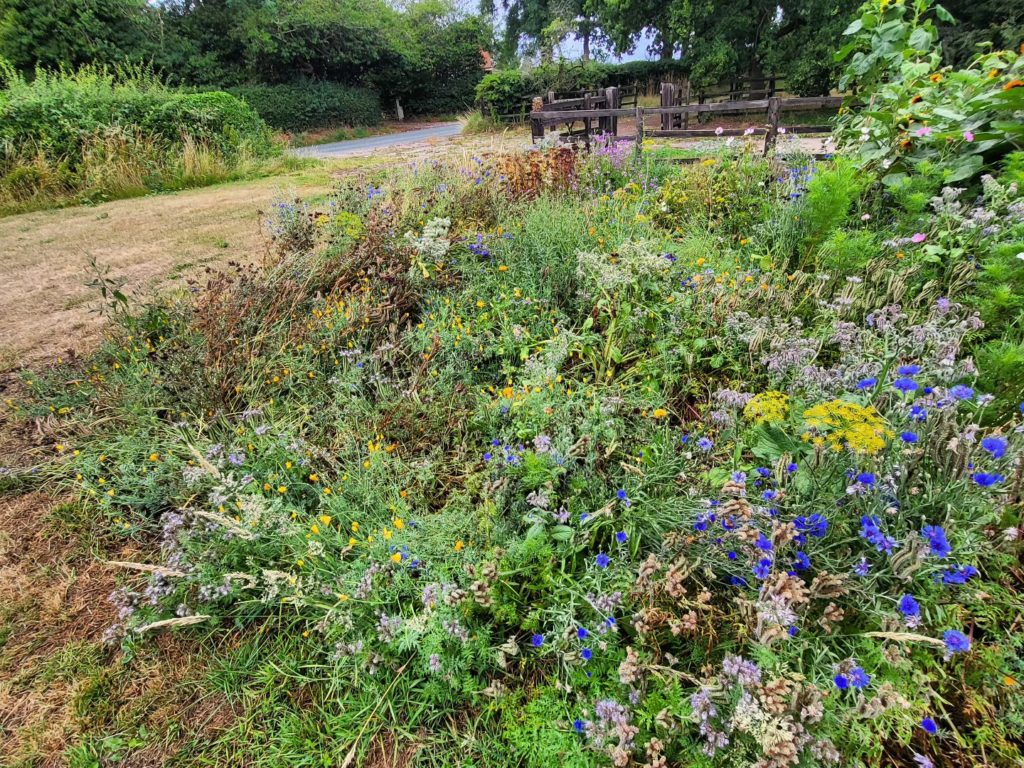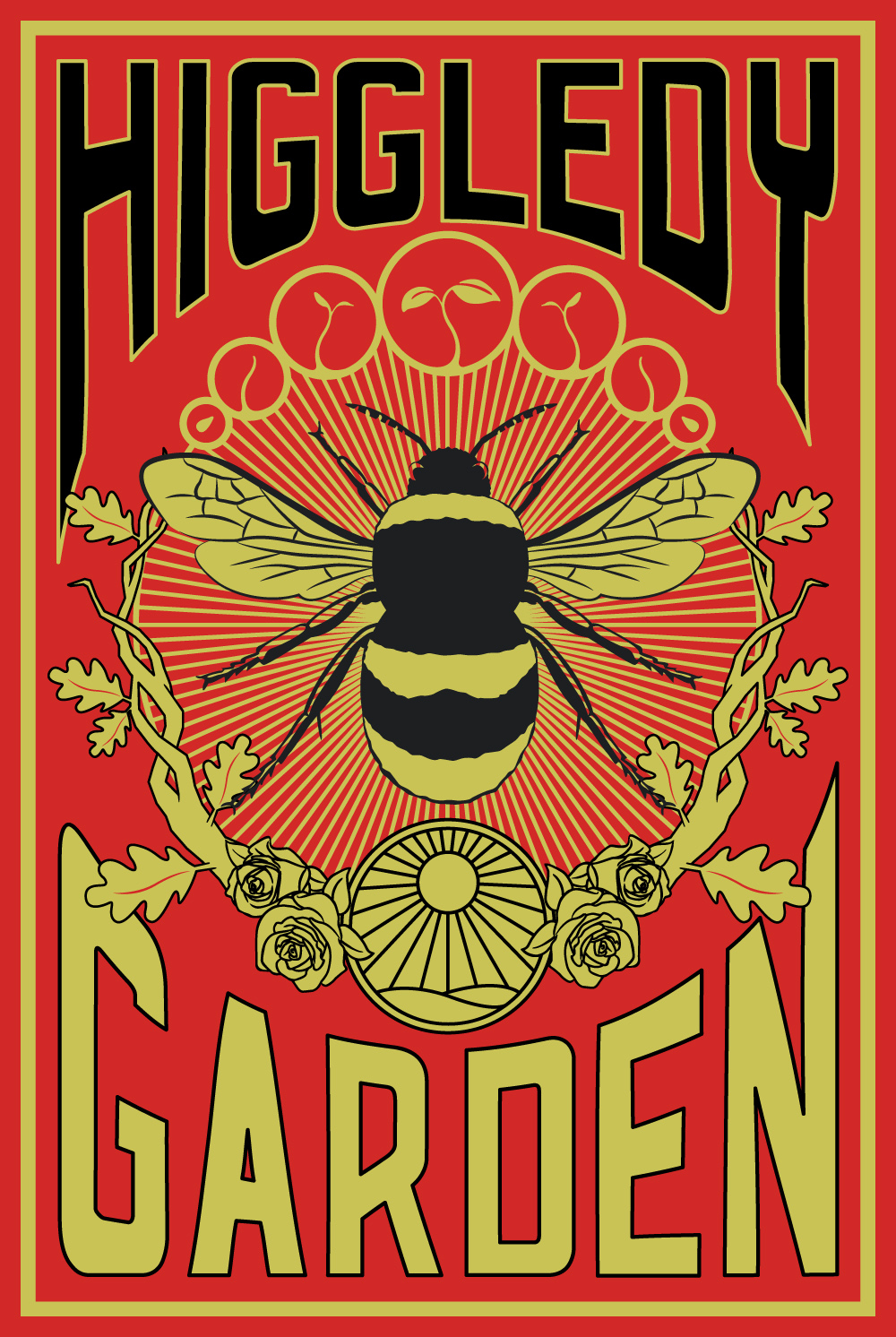“Chop and Drop” in the Cutting Patch


“Chop and Drop” in the Cutting Patch Lazy Man’s Magic or Just a Mess?
One of the things I’ve learned over the years, often with mud on my nose and secateurs in my pocket, is that gardening has its fair share of fashion. First it was no-dig (which I am on the fence with), then wildflower lawns, hugelkultur beds, and now this mysterious phrase that keeps cropping up in permaculture circles: “chop and drop.”
Now, being of a suspicious nature when it comes to anything that sounds like a nightclub dance move, I initially gave “chop and drop” a wide berth. But curiosity got the better of me, as it often does when I’ve had too much tea and a free afternoon, so I did a little experimenting. Here’s what I’ve found, and how it might (or might not) suit a flower grower’s patch—particularly one with muddy boots and a tendency to talk to their sweet peas.
What Is Chop and Drop?
Put simply: you chop your plants, and you drop them. That’s it.
No wheeling barrows to the compost heap. No stuffing brambles into the green bin. Just cut things down and let them fall where they lie. The idea is that this organic matter acts as a living mulch—feeding the soil, suppressing weeds, and holding in moisture. It’s how nature does it in the wild woods, and as the permaculture folk say: “There’s no waste in a forest.”
It’s free, it’s easy, and it sounds gloriously lazy. Naturally, I was intrigued.
The Good Bits
Let’s start with what chop and drop does well—because there’s plenty.
First, it’s a fabulous way to keep organic matter on-site. As flower growers, we’re constantly depleting the soil by cutting and carting blooms indoors (or out the gate if you’re selling them). Chop and drop is a gentle way to give back, especially at the end of the season when the annuals are done and you’re left with towering stems of cosmos, cornflowers, and ammi going brittle in the breeze.
Second, it encourages soil life. Worms, beetles, fungi—they all love a bit of chopped stem and leaf litter. If you’re the kind of gardener who occasionally whispers “thank you” to a passing robin, you’ll appreciate this return to a more natural rhythm.
And third—no barrow-pushing. Let’s be honest, we’re not all as sprightly as we once were.
But Hold Your Horses…
Chop and drop isn’t all roses. Or rather, it is—but with thorns.
A flower patch, especially one run as a cutting garden, has different needs to a permaculture forest garden. For one, we need access. Neat-ish beds, clear paths, and nowhere for slugs to throw wild parties under a soggy stem of scabious.
If you chop your cosmos and just leave the woody bits flopped over the soil, you’ll find yourself tripping over them next time you’re deadheading. Not to mention the volunteers—some of whom already think you’re a bit eccentric—wondering if you’ve had a breakdown mid-weeding.
Then there’s the slow breakdown of tough stems. Dill, for instance, doesn’t rot quietly. It lingers. And while mulch is lovely, a pile of grey, tangled stalks is less so.
A Higgledy Compromise
So here’s what I do, and what I’d suggest if you fancy trying it yourself.
I use chop and drop selectively.
At the end of the season, I’ll chop down the bulk of the annuals and let the soft stuff—leaves, green stems, and anything already halfway to mush—drop and stay. The tougher stuff, I snip into smallish bits and take to the compost heap or shred it if I’m feeling enthusiastic.
I also use chop and drop in corners of the garden that are less “production-focused”—around perennials like echinacea, rudbeckia, or shrubs at the edge of the patch. There, it works a treat.
And if I’m prepping a bed for a green manure over winter, I’ll sometimes chop the remains of annuals and let them lie as a base mulch, then sow phacelia over the top.
Final Thoughts
Like most things in gardening, chop and drop isn’t about doing it by the book—it’s about watching, experimenting, and seeing what works in your patch. If it makes your soil richer and your life easier, that’s a win. If it makes your cutting beds look like the inside of a compost bin, maybe rein it in.
But do give it a try. At its best, it’s like nature’s own composting system: quiet, generous, and utterly free.
Just don’t expect the dog to be impressed. Flash, for one, prefers a clean path and a clear view of the biscuit tin.
Kind regards
Ben Higgledy
